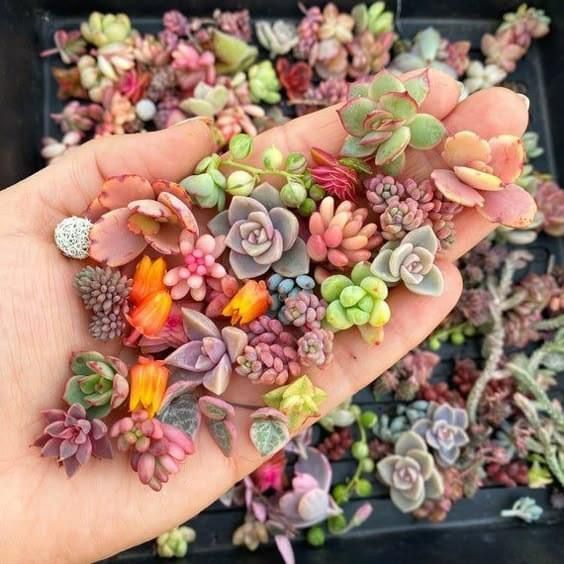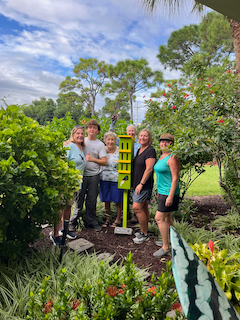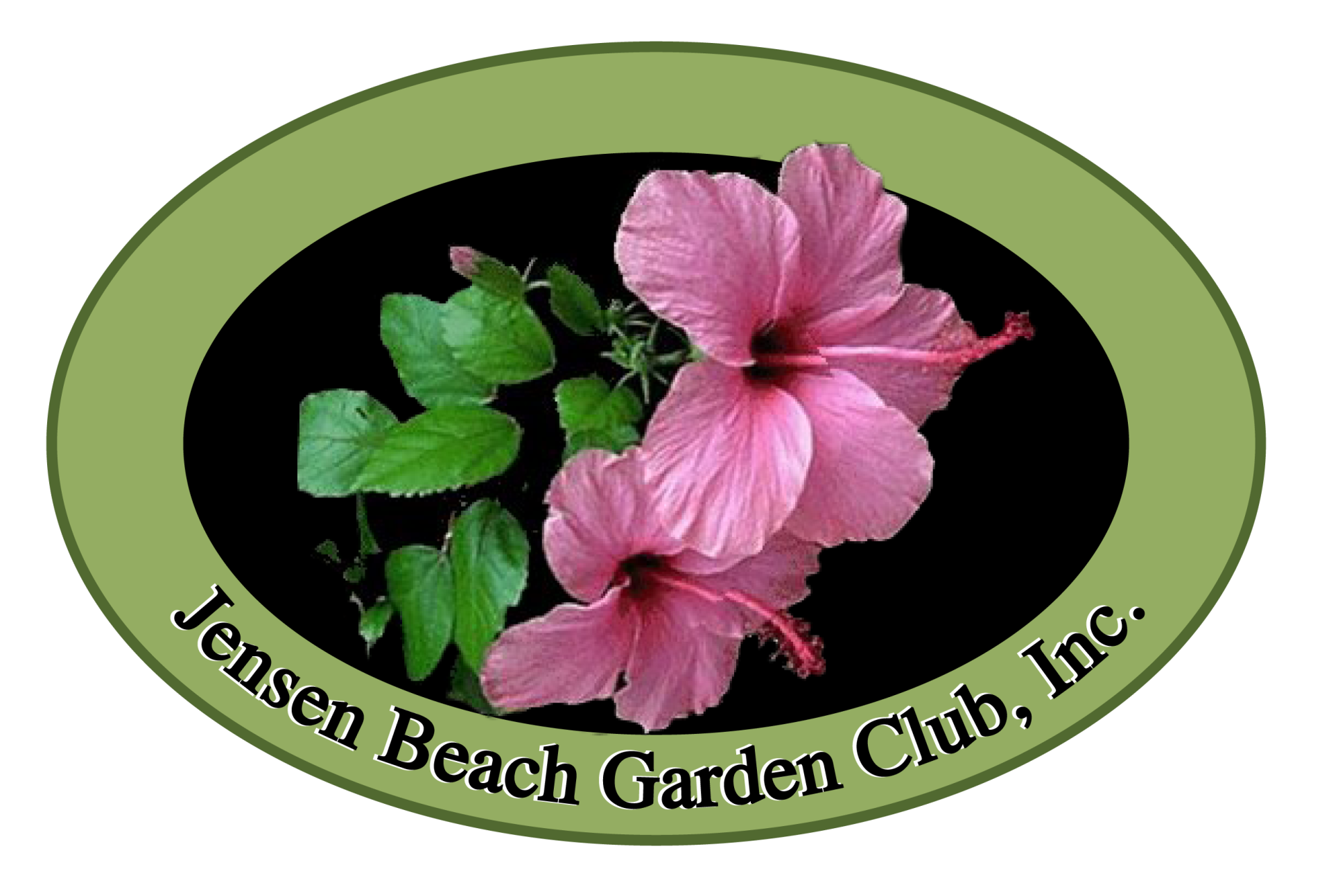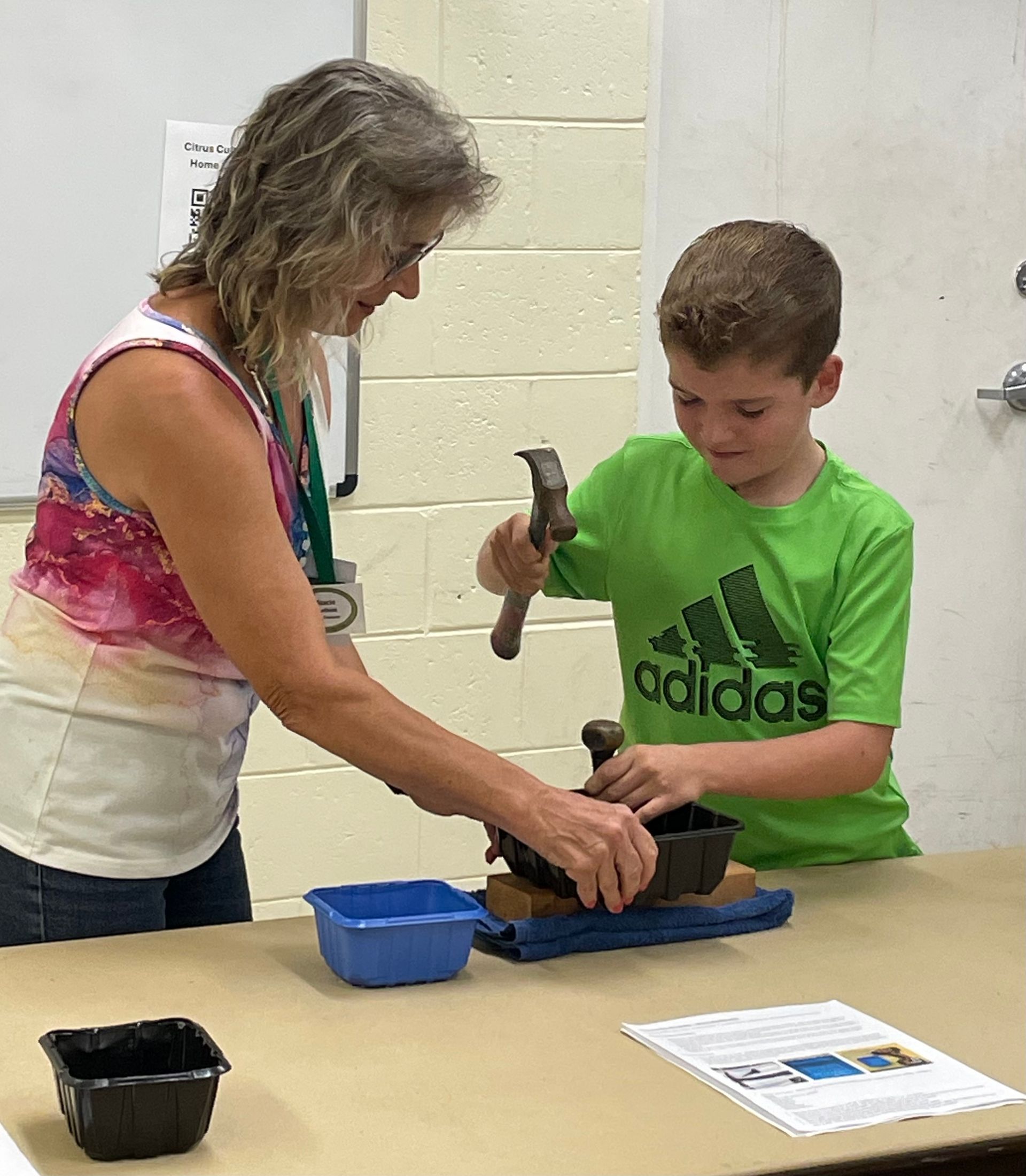Palm Diseases
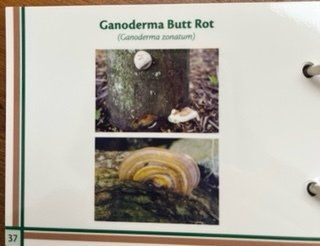
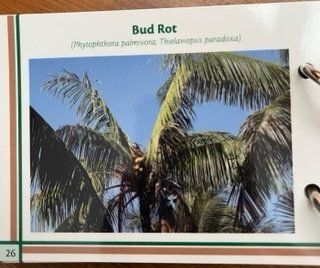
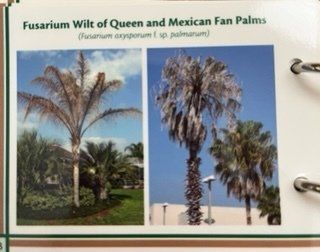
Palm Diseases
Palms are susceptible to fungal infections and some of the common ones you may have heard of are Fusarium Wilt, Bud rot and Ganoderma Butt Rot.
Fungal spores can hang around in the soil for years after plants have died, so planting new palms in the same location will make them susceptible to the infection as well.
Fusarium wilt is caused by soil fungus Fusarium oxysporum. The spores enter the palm through the roots with water into the stems and leaves and colonize closing up the tissue with a gummy substance. New growth of infected palm is often stunted. You will see older, lower fronds turning yellow, wilting and dying followed by upper fronds. This happens rapidly, only a few surviving fronds form a spike at the top of the palm and finally the entire plant dies. There is no cure and the palm should be removed.
Bud rot is caused by the fungus Phytophthora palmivora which causes the heart fronds to wilt and die. You may not notice this unless the palm is eye level. What you may see is the lack of new growth and an open crown. Older growth can look healthy for a time after the bud dies. No new leaves will emerge and the palm will die.
Ganoderma butt rot a lethal disease in Florida palms is caused by the fungus Ganoderma zonatum. It enters a palm by way of a wound on the lower 4-5 feet of the trunk. It worked its way through the trees base rotting the wood. When the fungus has work through the center of the palm to the surface it forms a conk, a mushroom-like growth which forms a horizontal shelf-like disk extending out from the trunk. You won’t be aware of the disease until the conk forms on the trunk or the palm is cut down and the internal rotting can be seen.
Keep an eye on your palms and have diseased palms promptly removed to avoid contamination of other palms.
Submitted by: Gail Rounds, Martin County Volunteer Master Gardener


